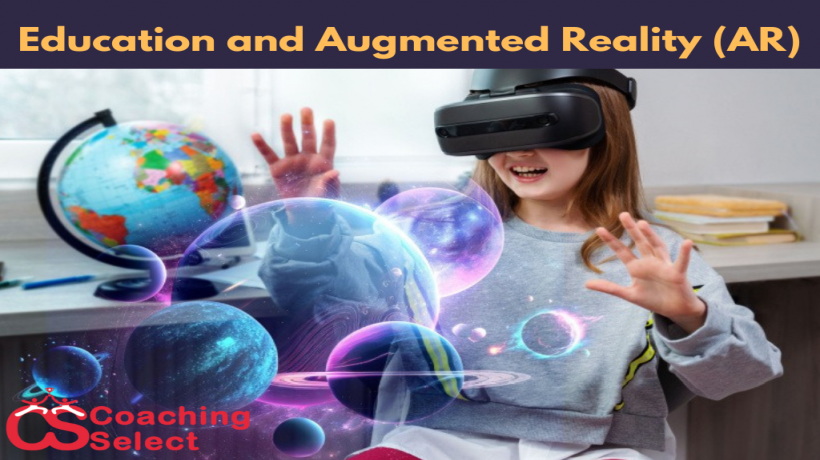The Impact of Augmented Reality in Education
In this blog post, we will delve into the impact of Augmented Reality in education and explore how it is revolutionizing the way we learn.
December 11, 2023
Career Expert & Blogger

Introduction:
In the fast-paced world of technology, innovations are reshaping every aspect of our lives, and education is no exception. One such groundbreaking technology making waves in the educational landscape is Augmented Reality (AR). Augmented Reality is transforming traditional teaching methods, offering an immersive and interactive learning experience. Let's find out how augmented reality influences the education system.
- Enhanced Learning Experiences:
Augmented Reality introduces a new dimension to education by overlaying digital content onto the physical world. This means that students can interact with three-dimensional models, simulations, and animations that enhance their understanding of complex concepts. For instance, biology students can dissect virtual animals, and history students can explore ancient civilizations by simply using AR-enabled devices.
- Increased Engagement:
Traditional classroom settings often struggle to capture and maintain students' attention. Augmented Reality, with its immersive and interactive elements, addresses this challenge by making learning more engaging. Students are no longer passive recipients of information; instead, they become active participants in their own education. This heightened engagement fosters a deeper understanding of subjects and promotes a love for learning.
- Personalized Learning Paths:
One of the key advantages of Augmented Reality in education is its ability to adapt to individual learning styles. AR applications can be tailored to meet the unique needs of each student, providing a personalized learning experience. This ensures that students can progress at their own pace, reinforcing concepts they find challenging and moving quickly through material they grasp easily.
- Real-world Application:
AR bridges the gap between theoretical knowledge and real-world application. It allows students to apply what they've learned in the classroom to practical scenarios, preparing them for challenges they may face in their future careers. Whether it's a virtual chemistry lab or a simulated engineering project, AR brings education to life by connecting academic concepts to real-world situations.
- Global Learning Opportunities:
Augmented Reality opens the doors to global collaboration and learning. Students can connect with peers from around the world, breaking down geographical barriers. This not only broadens their perspectives but also fosters a sense of global citizenship. AR can be a powerful tool for cultural exchange and collaborative projects, enriching the overall learning experience.
- Accessible Education:
The integration of Augmented Reality in education promotes inclusivity by catering to different learning abilities. Visual and auditory aids provided by AR applications can be particularly beneficial for students with diverse learning needs. This technology ensures that education is accessible to a wider range of learners, creating a more inclusive and equitable learning environment.
Conclusion:
As we navigate the ever-evolving landscape of education, Augmented Reality stands out as a transformative force. Its impact on learning experiences, engagement levels, and accessibility is reshaping the way we approach education. The future of education is undoubtedly augmented, promising a more interactive, personalized, and globally connected learning environment for students around the world. Embracing Augmented Reality in education is not just a technological advancement; it is a step towards a more vibrant, dynamic, and effective learning journey.



